about 900 words · 4 min read
By Nikka Industrial Limited · August 17, 2025
Luxury is no longer defined only by design or craftsmanship—it is also about trust, authenticity, and transparency. Today’s high-end consumers demand proof that the handbags, apparel, and accessories they purchase are not only well-made but also ethically sourced and verifiably authentic.
As regulations tighten in Europe, North America, and Asia, and as counterfeit risks increase in global markets, supply chain compliance and traceability have become non-negotiable for luxury brands.
This article explores the rising importance of origin traceability, blockchain tracking, and anti-counterfeit authentication in the luxury supply chain—and how manufacturers like Nikka Industrial Limited are helping brands stay ahead.
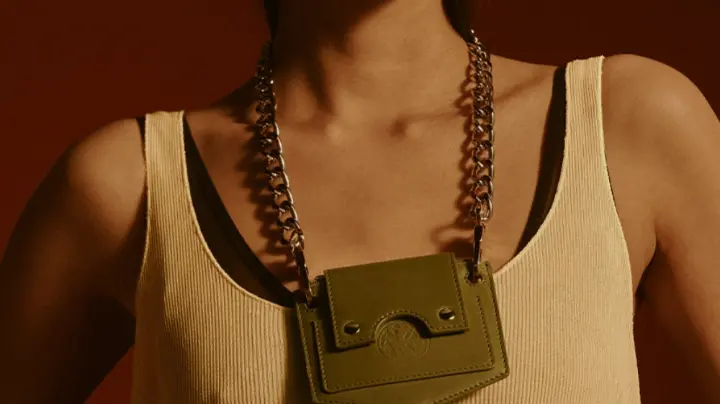
Table of Contents
- Why Compliance & Traceability Matter in Luxury
- Material Sourcing Transparency
- Blockchain Tracking in the Supply Chain
- Anti-Counterfeit Technologies
- Regional Market Demands
- How Nikka Ensures Compliance & Authenticity
- Conclusion
- FAQs
1. Why Compliance & Traceability Matter in Luxury
High-end fashion customers now ask: Where was this made? Is it ethically sourced? How do I know it’s real?
- Regulatory Pressures: EU’s Digital Product Passport, US CBP rules, and Asia’s green manufacturing policies demand full visibility.
- Consumer Expectations: Millennials and Gen Z place strong value on sustainability and authenticity.
- Brand Protection: Counterfeit markets cost luxury brands billions annually.
Traceability is no longer optional—it’s a luxury standard.
2. Material Sourcing Transparency
From leather to metal hardware, raw material origin is under scrutiny.
- Leather: Demand for certified, sustainable, and deforestation-free sources.
- Metals: Compliance with REACH, RoHS, and conflict-free mining certifications.
- Packaging: Increasing push for recyclable and FSC-certified paper.
Expert Insight
“By implementing traceability from raw material to final hardware, brands can document compliance while strengthening customer trust.”
— Quality Assurance Team, Nikka Industrial Limited
3. Blockchain Tracking in the Supply Chain
Blockchain technology enables tamper-proof traceability across every step of production.
- Immutable Records: Every batch of hardware, leather, or textile can be logged and verified.
- Smart Contracts: Automate compliance verification during international trade.
- Consumer Transparency: Shoppers scan a QR code and instantly see sourcing history.
Traceability Technologies Overview
| Technology | Key Benefit | Common Use Case |
|---|---|---|
| QR / Serial Codes | Entry-level traceability | Batch tracking |
| RFID Chips | Real-time tracking | Inventory & logistics |
| Blockchain | Immutable authenticity | End-to-end product history |
4. Anti-Counterfeit Technologies
As counterfeits become more sophisticated, luxury brands need multi-layered defense systems.
- RFID Chips embedded in bag hardware and hangtags.
- Unique Trace Codes for each SKU.
- Blockchain-verified Certificates of Authenticity.
- Invisible Markers (e.g., UV ink, nanotechnology).
This ensures that customers—and customs authorities—can easily distinguish originals from fakes.

5. Regional Market Demands
- Europe: Strong focus on sustainability and Digital Product Passports (2026 deadline).
- North America: Stricter import compliance checks and consumer push for fair sourcing.
- Middle East & Asia: Growing luxury demand, but with heightened risk of counterfeit trade—making anti-fake technologies critical.
6. How Nikka Ensures Compliance & Authenticity
At Nikka Industrial Limited, we help global luxury brands achieve transparency and anti-counterfeit goals:
- Material Traceability: REACH- and RoHS-compliant metals, nickel-safe finishes.
- Technology Integration: RFID-ready and QR-coded hardware solutions.
- Blockchain Collaboration: Supporting brands to integrate hardware trace data into digital product passports.
- Quality Guarantee: Vertical integration in Guangzhou with <0.5% defect rate and 98% on-time delivery.
Conclusion
The future of luxury supply chains is transparent, traceable, and tamper-proof.
Brands that embrace sourcing compliance, blockchain tracking, and anti-counterfeit technologies will not only protect themselves from risk but also strengthen their reputation with the next generation of conscious luxury consumers.
FAQs
Q1. What is the biggest driver of supply chain transparency?
Regulations like the EU Digital Product Passport and consumer demand for sustainability.
Q2. How does blockchain improve luxury supply chains?
It provides a permanent, tamper-proof record of material origin, production, and distribution.
Q3. Can hardware components include anti-counterfeit features?
Yes. RFID chips, QR codes, and nanomarking can be embedded in buckles, clasps, and tags.
Q4. Which regions demand the strictest compliance?
Currently Europe and the US, but Asia-Pacific markets are quickly adopting similar standards.
Q5. How can Nikka support luxury brands in this transition?
By supplying compliant, traceable, and RFID/Blockchain-ready hardware tailored to brand requirements.
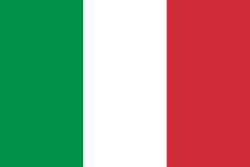

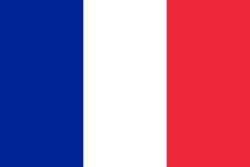
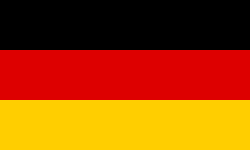


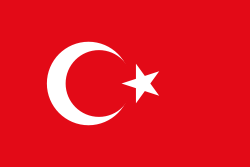


Global Luxury Supply Chain Trends: Compliance and Traceability